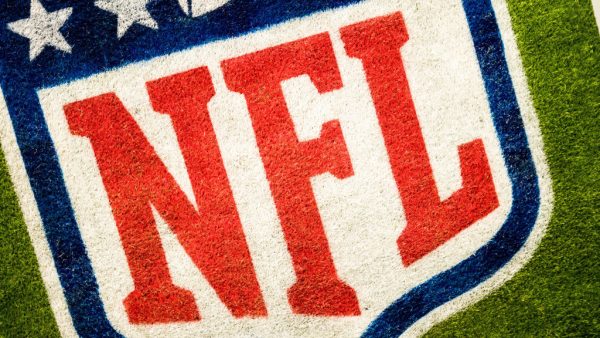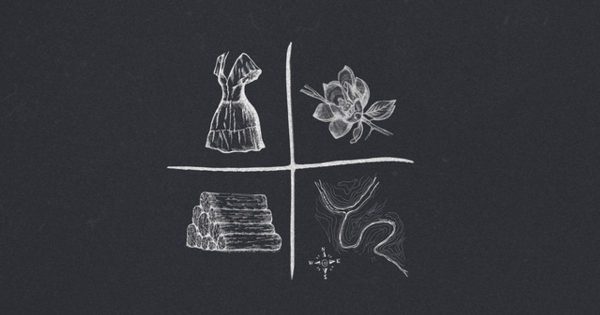Wonder where Wonder Woman is?
The lack of representation of women in superhero movies cannot continue to go unnoticed.
Well, it’s official: after nine years since the last female superhero movie was made, the next female front liner superhero movie is scheduled to come out in 2017. Yes, Wonder Woman is scheduled by comic book brand DC Comics to have her first standalone movie. Hurray!…Right?
Sadly though, this moment isn’t really the grand new call to movies audiences haven’t thought of before. Rather this moment is like a student finally managing to turn in that essay way past its deadline. This should have been done a long time ago.
Like most female heroes, the under-representation of WW in the movie business is all too blatant. When most non-reading movie goers go to see a superhero movie these days, it’s usually one of Iron Man’s three movies, one of Batman’s four, or their skimming online for Superman’s past 10!
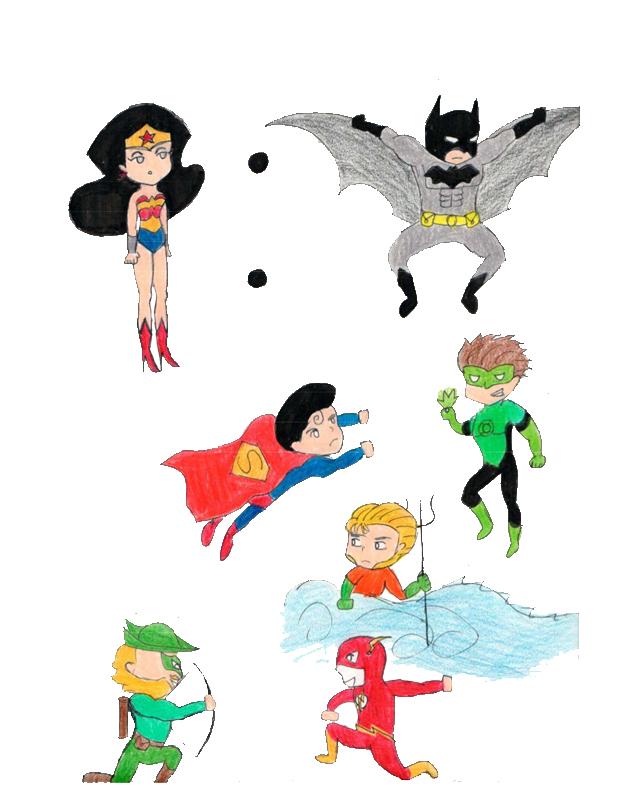
Where them girls at – The typical female to male hero ratio in the Justice League is around 1:6.
“Well the original character was created as a guy, in a time where guys where seen as main heroes. If you look back historically it’s always been a guy,” said Alex Koch, fellow comic book enthusiast, as he sums up the reasoning for the male-domination of this genre.
And while he does have a logical point, readers need to think about the illogical factor when applied to today’s time. Male superheroes were made in the 1930-70s. It’s the 21st century today and women’s rights is something that’s already been debated and discussed thousands of times.
While equality is still by no means achieved yet, why is such a revolutionary literary source still clinging onto media’s misogynistic nature?
The answer is simple.
“They probably think that they can’t make as much money with a female superhero as they have with male heroes because the first male heroes sold very well. But they (writers) probably think that just changing the gender will stop that completely,” said senior Sharon Li, superhero movie goers and art culture fan.
This ideology reaches back to the creation of the superhero market. Male heroes had about 20 years over the first couple female heroes.
“Batman has been around a lot longer than Wonder Woman has, Superman and Batman were originally thought of before her,” Koch said. “WW was originally created in order to play off of WW2’s Rosy the Riveter work force and give women a sense of empowerment. WW is very popular nowadays but not nearly as popular as she could be and should be.”
Comic book companies, mainly the big two brands DC and Marvel, compete hard today in the book business but especially in the movie business. DC compared to Marvel, is late to the movie making table, but has released the upcoming movie plans for their hero universe.
- Batman v Superman: Dawn of Justice 2016
- Suicide Squad 2016
- Wonder Woman 2017
- Justice League Part One 2017
- The Flash 2018
- Aquaman 2018
- Shazam 2019
- Justice League Part Two 2019
- Cyborg 2020
- Green Lantern 2020
Looking at the list, only one female hero has a standalone movie compared to the five male’s heroes that have their standalone movies.
If there’s something comic book brands are eternally in competition of, it’s sales. But in cases of gender, it also appears they have stiff competition to how few movies they can give their few female heroes. And just to put the icing on it, DC is actually winning in terms of having more women. Here’s Marvel’s lineup.
- Avengers: Age of Ultron 2014
- Ant-Man 2015
- Captain America 3 2016
- Doctor Strange 2016
- Guardians of the Galaxy 2 2017
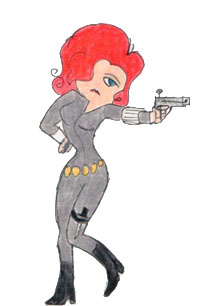
Girl power – Black Widow points her gun and prepares to shoot,
Marvel as a brand has been ahead of DC in the movie business since the first Iron Man and they still don’t even have a female stand-alone movie PLANNED. Fans have made it clear in the past that one should be made but apparently those requests have gone ignored.
Now many fans tackle the same arguments regarding female superheroes. For example, one might point out that there are female heroes on teams. However, when looking at the average ration of women to men on hero teams comes up, the representation is hardly a step up from not having any at all.
And keep in mind that in Avengers, the only female member is a sexy spy with no clear backstory. If anything, she’s thrown in simply to take care of the menial tasks the other heroes are too busy to do or show audiences how “badass” and butt-kicking girls can be.
While that doesn’t necessarily sound bad, being serious, sarcastic and just everything as far away from feminine personality wise doesn’t really leave a lot of room for actual character in Black Widow.
“She’s pretty and she fights really well, but in the end, the guys are still more popular because they have cool themes and different personalities,” Li said. “Black Widow seems like she’s always trying to reassure audiences that she can be one of the guys, but that doesn’t really make me happy. I mean, Scarlett is a good actor and everything, but at the end of the day, Captain America is still more interesting than her.”
Needless to say, both comic book competitors have equality, but only in the amount of times they’ve made female characters unequal to the males.
It doesn’t help that American cinema, the producer of pretty much all superhero movies, is slowly beginning to target most of its profit to foreign audiences to pull in profit.
Perhaps Americans have grown numb to the lack of creative story most movies have nowadays. Special effects and actions just don’t do it for us anymore.
Meanwhile, in countries like China, Japan, Brazil and Russia the foreign box offices have EXPLODED — literally. The more explosions, action, violence and car races a movie has, the more worthwhile it seems to go see.
And just to be clear, these countries have major gender inequalities just like America. Most of them actually have it worse. At the end of the day though, it’s cheaper to shove in pointless action with even more pointless explosions rather than a well thought out story that would require expensive translation and edits to cater to foreign audiences.
The solution isn’t going to come from comic book companies to change their ways. They’ve have decades to fix a problem their just now paying real attention to.
“Once the more aware and gender-gap-closing generation starts building their own businesses in the comic book world, then these old writers and directors are going to realize they can’t keep recycling the same material,” said senior Rochelle Ollerla, comic book movie goer.
“The writers technically aren’t doing their jobs as creative writers since they keep writing women the same way. But when young fans finally get sick and tired of this trend and start making their own movies, comic book movies are going to have no choice but to integrate more diversity or go out of business,” she said.
In the end, at least getting a female hero standalone movie is a step forward, but until the female heroes get to wear the same pants as the males, the comic book industry has a long way to go.
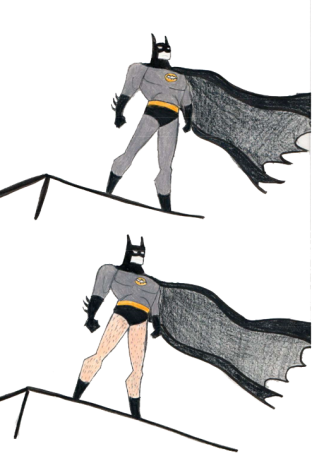
Or maybe the guys shouldn’t get to wear pants. I’m willing to go either way comic book industry (watch for sarcasm).


